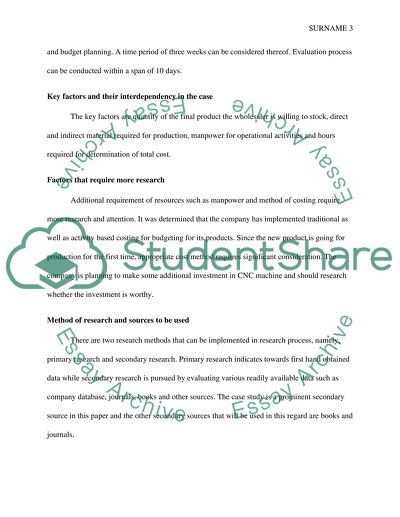Cite this document
(“Accounting graded unit 2 Coursework Example | Topics and Well Written Essays - 3000 words”, n.d.)
Retrieved from https://studentshare.org/finance-accounting/1673905-accounting-graded-unit-2
Retrieved from https://studentshare.org/finance-accounting/1673905-accounting-graded-unit-2
(Accounting Graded Unit 2 Coursework Example | Topics and Well Written Essays - 3000 Words)
https://studentshare.org/finance-accounting/1673905-accounting-graded-unit-2.
https://studentshare.org/finance-accounting/1673905-accounting-graded-unit-2.
“Accounting Graded Unit 2 Coursework Example | Topics and Well Written Essays - 3000 Words”, n.d. https://studentshare.org/finance-accounting/1673905-accounting-graded-unit-2.


